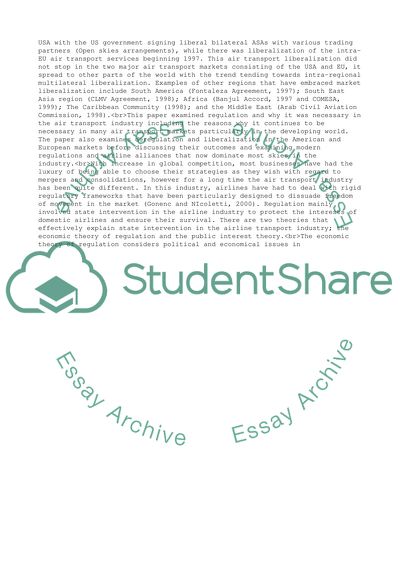Cite this document
(Airline Management Coursework Example | Topics and Well Written Essays - 3250 words, n.d.)
Airline Management Coursework Example | Topics and Well Written Essays - 3250 words. https://studentshare.org/management/1820053-airline-management-assignment
Airline Management Coursework Example | Topics and Well Written Essays - 3250 words. https://studentshare.org/management/1820053-airline-management-assignment
(Airline Management Coursework Example | Topics and Well Written Essays - 3250 Words)
Airline Management Coursework Example | Topics and Well Written Essays - 3250 Words. https://studentshare.org/management/1820053-airline-management-assignment.
Airline Management Coursework Example | Topics and Well Written Essays - 3250 Words. https://studentshare.org/management/1820053-airline-management-assignment.
“Airline Management Coursework Example | Topics and Well Written Essays - 3250 Words”. https://studentshare.org/management/1820053-airline-management-assignment.


